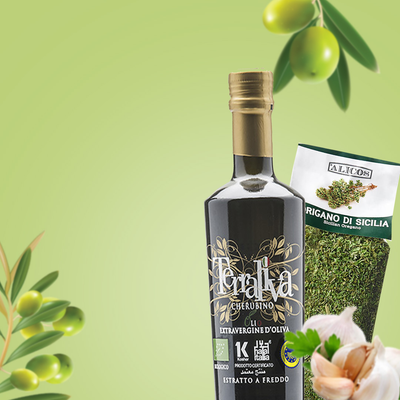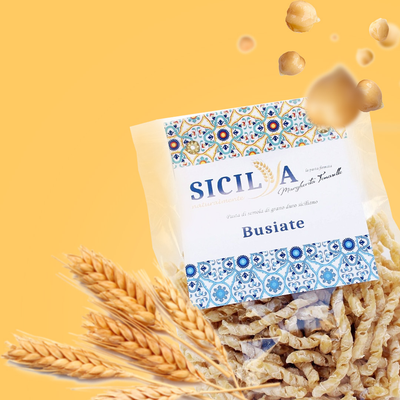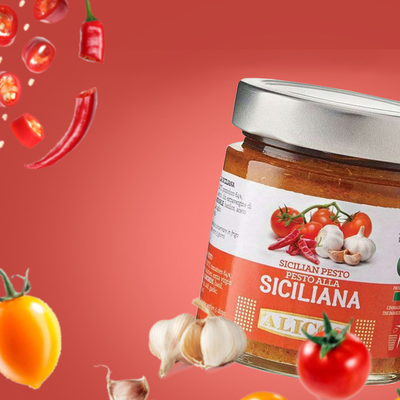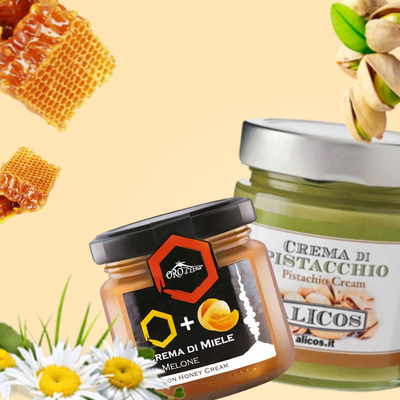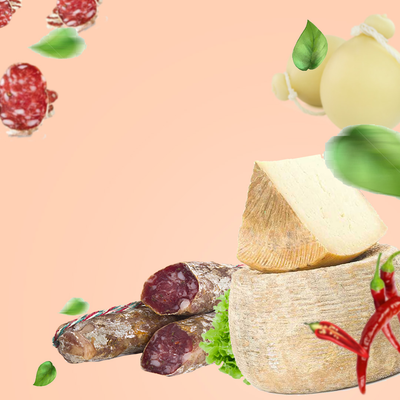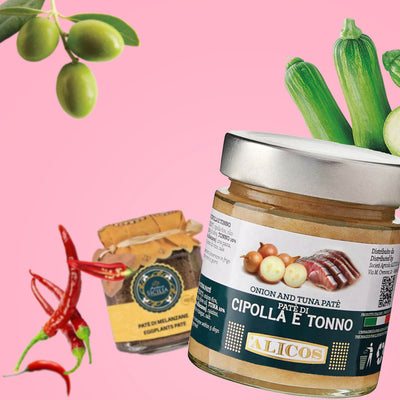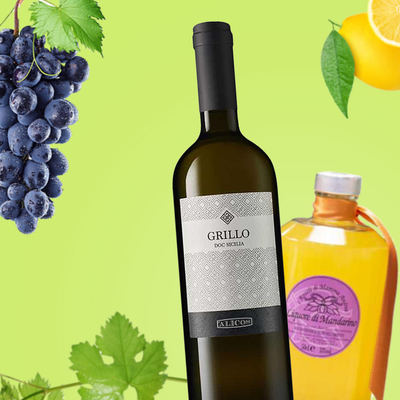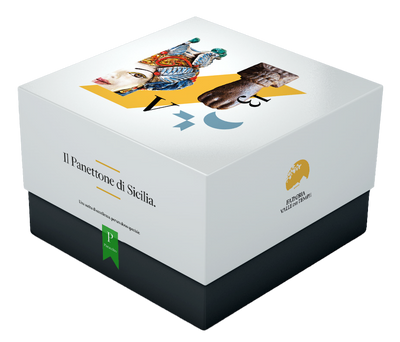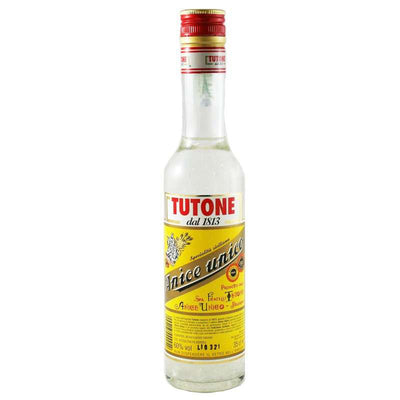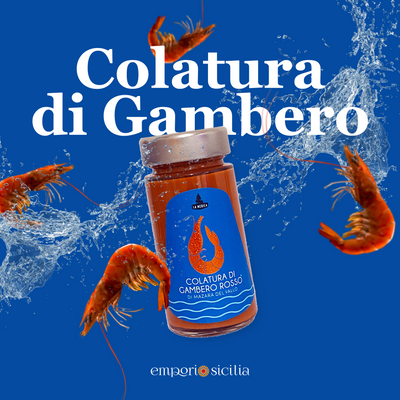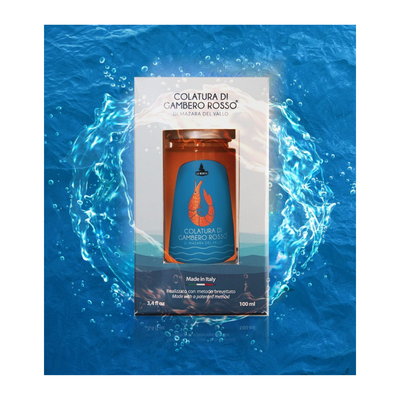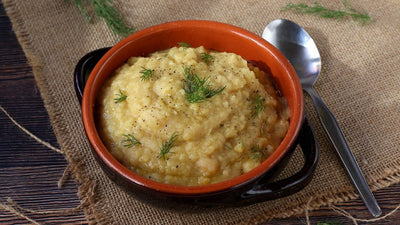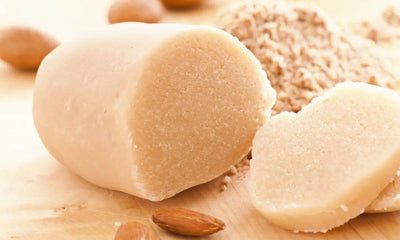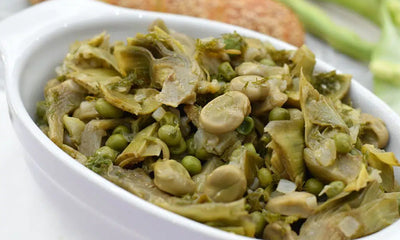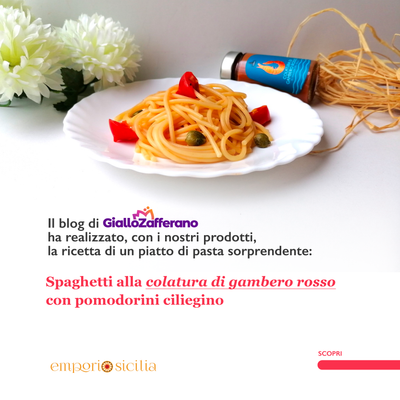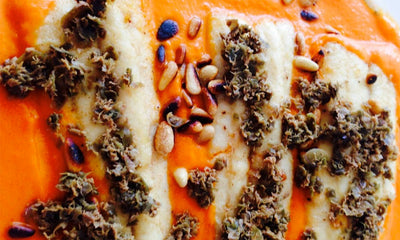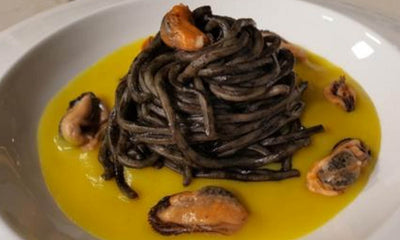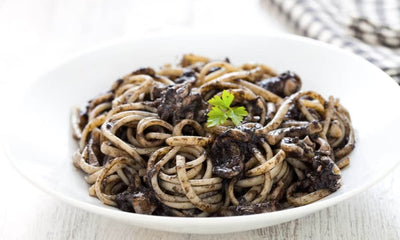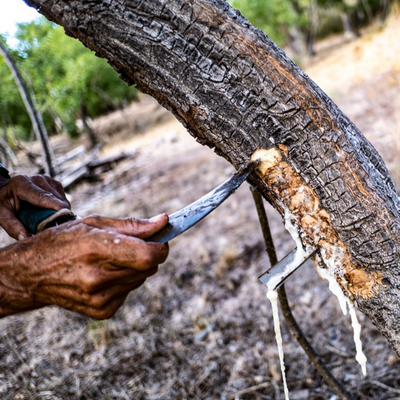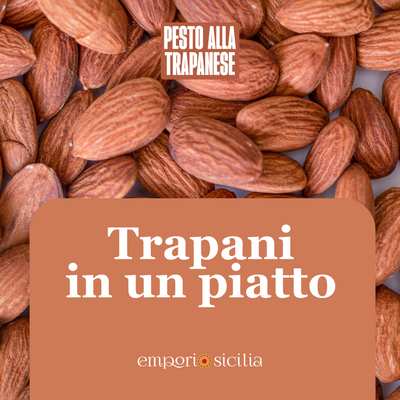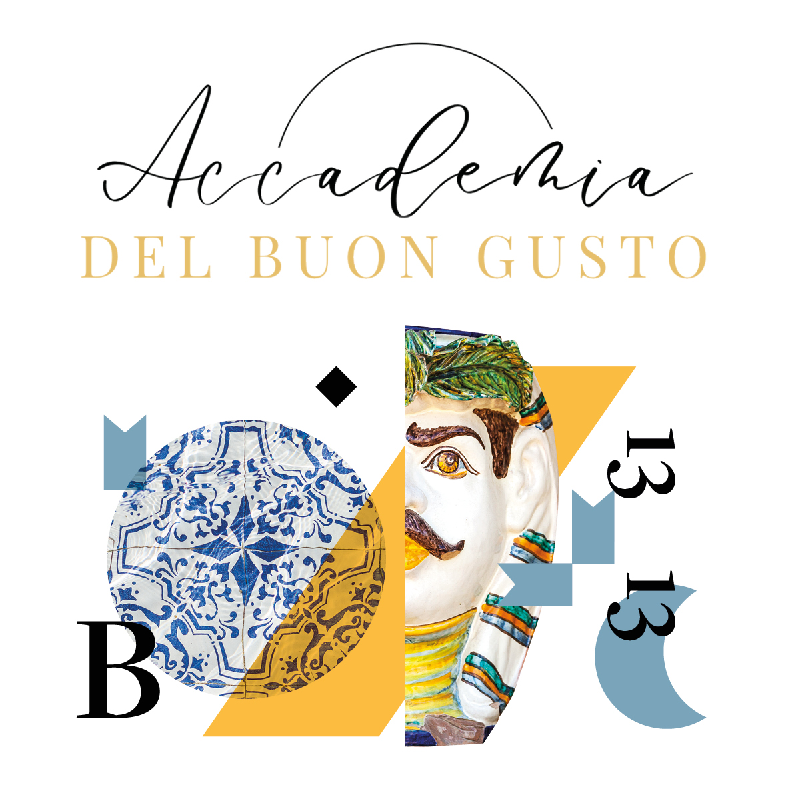The appetizing delicacy is defined as a tasty dish, because in the great noble dinners of the 18th and 19th centuries it was offered between one course and another to cleanse and refresh the palate. This function was entrusted to a sauce that constituted the essence of the sauce: the sweet and sourCapunata - a sort of delicacy containing fish, petronciani, or artichokes, and other condiments, and is mostly eaten cold, or between one dish and another for added flavour, or after hot dishes, Manicaretto appetit or.
New Sicilian-Italian Dictionary. Vincenzo Mortillaro (1853)
Caponata and sweet and sour
It is an ancient flavor that narrates not only history and gastronomy, but also dietary science : the logic of temperament by opposites and preservation methods.The Latin doctors said that "opposites are healed with opposites" and even in the kitchen it was essential to achieve a balance. Each food had to be paired with another of opposite quality, to compensate for the nature of each food. In this way, poor cuisine won over hunger: it discovered how to stop the passage of time by preserving food for longer.
Vinegar and sugar (and more generally citrus fruits and sugars) are excellent preservatives. For this reason, sweet and sour desserts should be consumed at least after a day of rest, of adjustment, I like to say. Furthermore, as the days go by, it becomes better and better.
My grandmother and aunt are true masters of caponata, with which they have always delighted the palates of my greedy family. An ancient recipe , which we propose again at the Nuzza&Ddia table with joy and emotion.
Ingredients for 4 people)
- 2 local black aubergines
- 1 celery heart of at least 50 g
- 80 g pitted green olives , cut in half lengthwise, or into thick rounds
- 40 g of salted capers
- 1 large white onion
- 25 g of astrattu ( tomato extract )
- Half a cup of tomato puree (if you prefer you can use canned tomatoes, I like the creaminess of the puree. If you want a redder caponata, use more according to your taste, remembering however that the astrattu is salty)
- ½ glass of extra virgin olive oil
- Salt and pepper (to taste)
- 50 g of toasted almonds , chopped into grains
- Approximately 20 g of gratedextra dark chocolate
How to prepare sweet and sour sauce?
First of all, everyone has their own, some like it more sour and some sweeter. Furthermore, following the logic of correction and balance, let's remember that every food has its own level of sweetness. For example, pumpkin is very sweet compared to aubergines, the sweet and sour red pumpkin ( u' ficatu ri sette cannola ) comes to mind. Here the sauce cannot be the same for all dishes, only practice will help you find the right sweet and sour sauce.For this recipe, and with these doses, I like it like this:
- 70 ml of white wine vinegar
- 30 g of sugar
Method
First, desalt the capers and olives at least four hours before starting preparation. Simply place them in a container with cold water which must be changed every hour.Then, prepare the aubergines . Cut them into large cubes , sprinkle them with salt and place them in a colander. In this way they will lose their bitterness (the vegetation liquid) and if you place a weight on them you will accelerate this osmotic process . Leave them like this for at least 40 minutes .
Now spread the aubergines on a tea towel and place another on top. This operation will dry them and make your frying perfect, as long as the oil is hot. Then, transfer them to a large, large salad bowl.
Clean the celery , cut it into not too large pieces and blanch it. As soon as it is cooked, al dente, add the olives and capers for a couple of minutes. Turn off the heat and pour the ingredients, keeping the cooking water. Dilute the extract with a glass of hot water and dilute the sugar with vinegar .
It's time to prepare the onion salad . Peel and slice the onion and place it in a pan with the rest of the oil, fry it and continue cooking with the help of the broth obtained from the celery . When the onion is well cooked but not mushy, add the celery with olives and capers , the extract and the tomato puree . Mix, cook for a few minutes and finally add the sweet and sour sauce . Remove from the heat. Be careful: the onion sauce must not be dry or watery , but moist and creamy at the right level.
At this point compose the caponata: pour the hot preparation over the aubergines and mix delicately. Add the chocolate , some almonds and pine nuts and mix again.
Sprinkle with the remaining dried fruit . At this point, wait patiently for the flavor to rest: serve the caponata the next day at room temperature . You'll see, the desire to enjoy it in all respects will return.
Enjoy your meal in the name of ancient tradition and family warmth.
Don't feel like preparing caponata? We'll give it to you, as if it were homemade, with genuine, quality and above all 100% Sicilian ingredients! Also discover our variations, such as artichoke and swordfish caponata.



